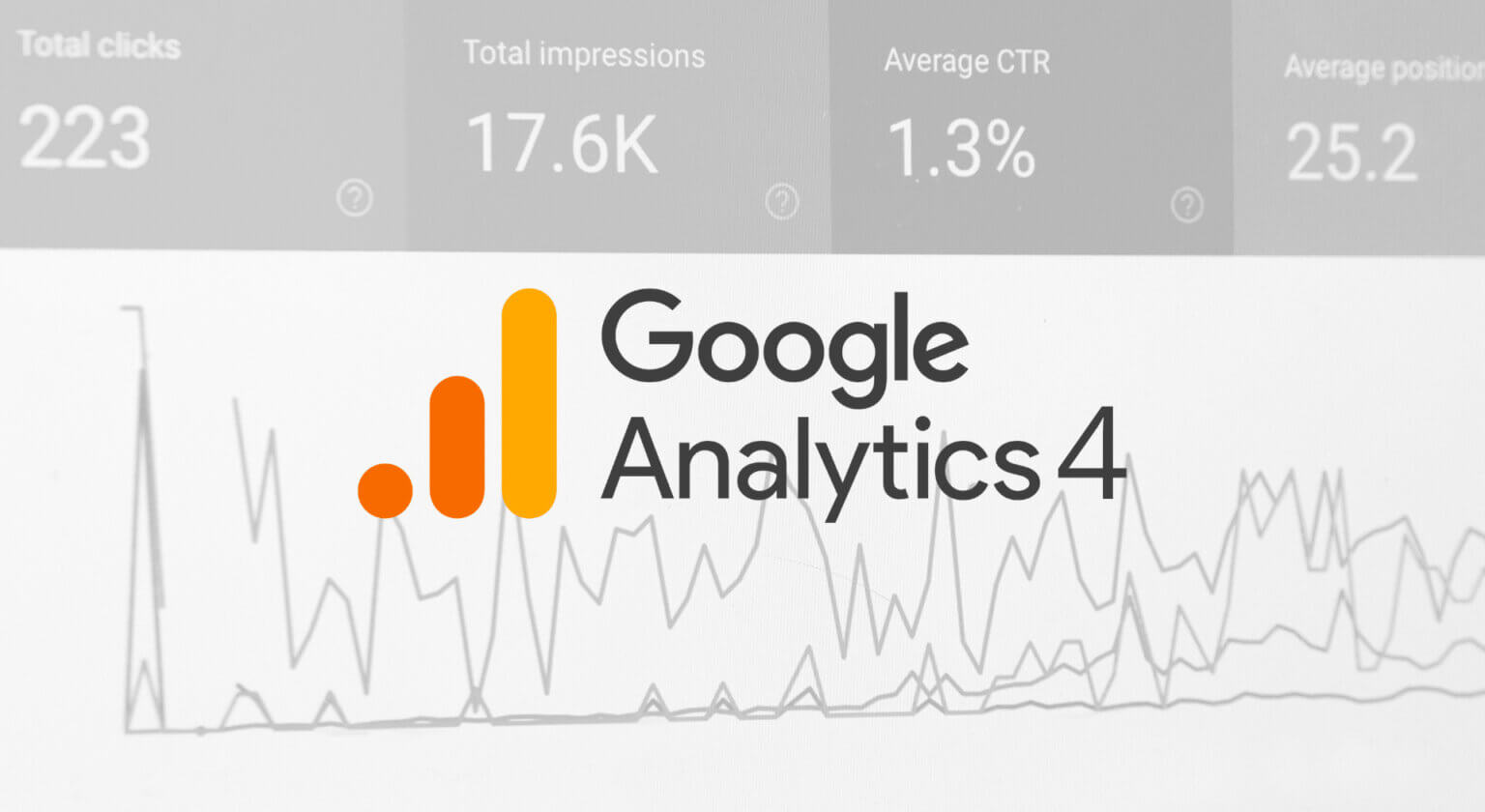ALERT: The End is near! Embrace the Transition to Google Analytics 4 (GA4)
With just over one month left, the clock is ticking for the replacement of Universal Analytics (UA) with Google Analytics 4 (GA4). While some marketers have already made the switch, others may still be in the process, but it’s crucial to keep the limited timeframe in mind. as Universal Analytics will stop working on July 1, 2023. It’s important to understand that migrating to GA4 is not optional—it’s a necessity.
Looking back, it was one year ago when news of Google’s decision to make this significant change began to circulate. Marketers were strongly encouraged to adapt to GA4 as soon as possible to ensure the preservation of their data during the transition. For those who haven’t made the switch yet, it’s essential to take action promptly. Although challenging, having a preview of potential challenges and benefits can help ease the transition.
Bill Baker, Analytics and Performance Group Director at Wrayward presented:
5 steps that will help marketers prepare for the changeover to GA4:
Google Analytics 4 has the flexibility to measure many different kinds of data, delivering a strong analytics experience that’s optimized for future growth. GA4 also provides the opportunity to create a more actionable measurement framework based on event tracking instead of sessions.
While the initial efforts may be a bit tedious, here are some ways you can ensure a smooth transition from Universal Analytics to GA4.
1. Reconsider your measurement framework.
I can’t say it enough: Time is of the essence. GA4 is not a drop-in replacement for Universal Analytics, so if you have not begun to consider ways to implement the platform’s new capabilities into your measurement framework, now is the time.
With GA4 moving to an event-based tracking model, you will have access to a more robust and detailed event-tracking structure. Where you were previously restricted to three parameters to describe an event (category, action and label), GA4 provides the ability to describe an event using multiple parameters. Tracking a document download is one great example: You can now apply your own custom parameters, such as file_name, file_url, document_category and publication_date.
This added flexibility and event-tracking customization equal a golden opportunity to evolve and expand your measurement framework. GA4 opens up a world of possibilities for describing user actions, segmenting audiences and tracking a wide variety of events as conversions.
Take a step back, consider your site’s business goals and think about how you can more accurately measure the site’s performance against those goals with the updated event model.
2. Implement a Google Tag Manager container.
Setting up your GA4 account isn’t difficult. If you are already using a tag management system such as Google Tag Manager, it’s even easier.
One key recommendation: A GTM container, or any tag manager, will allow you to manage your measurement tags and switch to GA4 tracking with ease. By adding measurement streams and by tracking pixels and more to GTM, you can start collecting data with GA4 and make the transition smoother. What’s more, using the default tags within GTM makes it easy to add custom events to your measurement framework.
3. Connect Google Marketing Platform applications.
GA4 allows you to connect your Google Marketing Platform applications, including Google Ads, Campaign Manager and Display & Video 360. This step will help you better understand your user behavior and improve your targeting. By automating and synchronizing data between GA4 and the Google Marketing Platform applications, you can streamline your workflow and make better use of your data.
4. Update reporting dashboards.
With the change to the event model in GA4, you no longer have all of the same dimensions and metrics for reporting. Therefore, you need to update your reporting dashboards to reflect the changes. By doing so, you can get better insights into your user behavior and make more informed decisions. Additionally, monitor both Universal Analytics and GA4 data to compare and understand the differences in data between the two platforms.
5. Back up historical data for future reporting needs.
Before Google turns off access to the old Universal Analytics data, it’s crucial to back up your historical data in a data warehouse. This step will ensure that you have access to your data and can use it for historical reporting. This step will also help you have a complete dataset in one place.
While some marketers may have doubts about transitioning to GA4, there are four distinct advantages that were not possible with UA:
1. Easy Tracking Across Multiple Devices
GA4 addresses the overwhelming challenge of tracking user data across various devices, including desktop computers, mobile phones, and tablets. With its advanced tracking capabilities, GA4 provides marketers with a better understanding of customer touch points throughout the sales journey and the devices customers utilize.
2. Enhanced Privacy
Those hesitant about migrating from UA to GA4 will appreciate the upgraded and proactive privacy protections that GA4 provides. It offers improved privacy features that align with current and future laws and regulations, addressing privacy concerns from both individuals and businesses.
3. Advanced Predictive Analytics
GA4 utilizes machine learning to provide more accurate and predictive analytics compared to UA, which relied on traditional statistical methods. This enables marketers to make better-informed decisions regarding their marketing campaigns. For example, GA4 can predict which users are most likely to convert, allowing marketers to focus their efforts on those specific users.
4. Improved Integration with Google Products
Unlike UA, which had limited integration with other Google products, GA4 is more closely integrated with Google Ads and Google Marketing Platform, which can make it easier to manage your marketing campaigns. For example, you can use GA4 data to create custom audiences in Google Ads, which can help you reach your target audience with more relevant ads.
If you are having trouble understanding how to execute the migration on your own, Thinkhouse can help, so please contact us today at 631-282-8226.
Recent
Questions?
Have a digital marketing question? Looking for some guidance? Send us a message and we'd be more than happy to help.
Sign up!
Join our mailing list for helpful insights.




